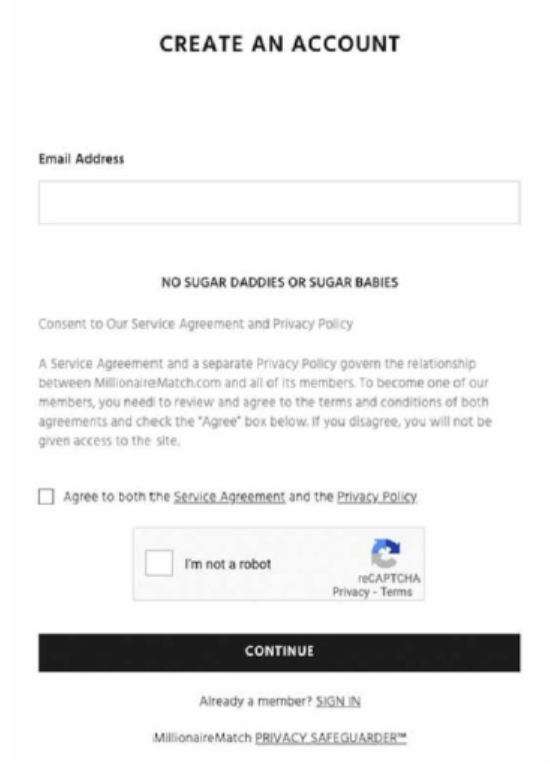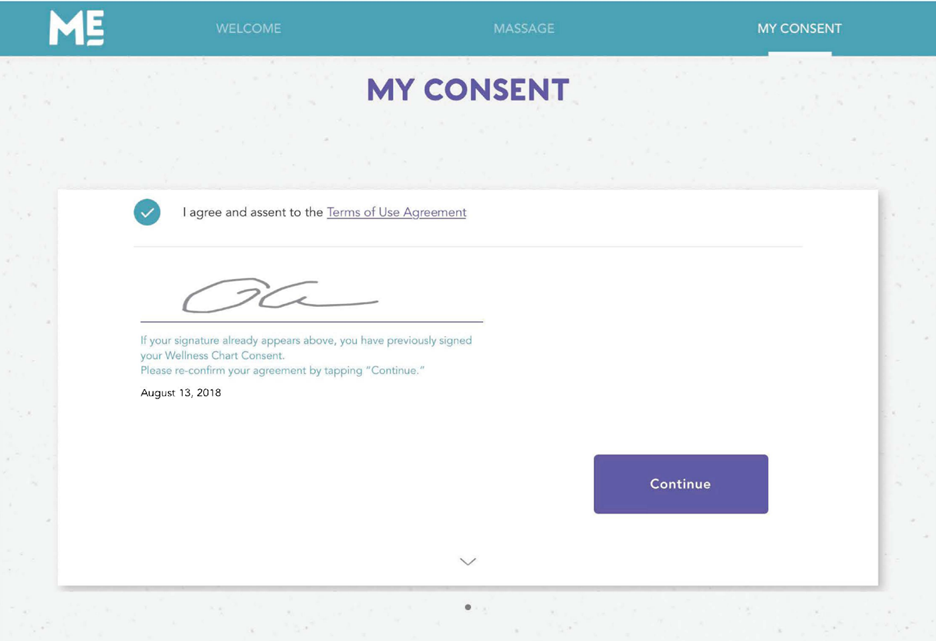Blog
Are Your Electronic Agreements Enforceable?
Blog
September 30, 2025
In today’s digital marketplace, direct sellers rely heavily on electronic agreements to govern their relationships with customers, vendors, and partners. But whether these electronic agreements are enforceable depends, at least in part, on how your policies and other terms are presented to users and the way assent is obtained. Courts scrutinize these issues closely, emphasizing that even minor design choices can make the difference between a binding electronic agreement and an unenforceable set of terms.
Here, we provide an update on the evolving California legal landscape surrounding the enforceability of electronic agreements and offer practical guidance on how direct sellers can structure electronic contracting/enrollment processes to help minimize legal risk.
Why California? Because most of our clients have a large California distributor base and face enhanced risk of being hauled into court there. That said, the principles discussed in this article are applicable in most jurisdictions. They can be used as best practices, but you should always consult the law in the applicable jurisdiction.
The Legal Framework: Reasonable Notice and Affirmative Assent
California courts focus on two core principles when analyzing whether electronic agreements are enforceable: first, whether the user was provided with reasonably conspicuous notice of the terms; and second, whether the user took some affirmative action indicating assent to those terms.
Courts distinguish among various types of electronic contracting formats, including “browsewrap,” where terms are simply hyperlinked somewhere on the website without any action required; “clickwrap,” where users affirmatively check a box or click a button stating they agree; and “sign-in wrap,” where users create an account and are deemed to accept terms based on their continued use of the service. While these labels offer general guidance, courts examine the totality of the circumstances in each case, looking closely at how the terms were presented and whether a reasonable user would understand they were entering into a binding agreement.
Passive Presentation of Terms Rarely Suffices
Although various formats exist for electronic contracting, not all are viable—or advisable. Courts have consistently rejected arguments that users should be bound simply because terms are available somewhere on a company’s website (i.e., browsewrap agreements). In one widely cited case, the Ninth Circuit refused to enforce an arbitration clause where the only reference to the website’s terms of use was a hyperlink tucked into the bottom corner of the webpage. Nguyen v. Barnes & Noble Inc., 763 F.3d 1171 (9th Cir. 2014). The court emphasized that unless users are clearly confronted with the terms and required to take an affirmative action manifesting assent, such agreements are unlikely to be enforced. See id. at 1179.
Courts are similarly skeptical of interface designs that fail to adequately connect the user's action with acceptance of the terms. For example, agreements have been found unenforceable where registration pages included hyperlinks to terms of use but lacked any clear statement that clicking “Continue” or “Sign Up” would constitute acceptance. See, e.g., Chabolla v. ClassPass, Inc., No. 23-55532, 2025 WL 630813 (9th Cir. Feb. 27, 2025).
Unclear or Hidden Disclosures Increase Legal Risk
Even when using clickwrap-style mechanisms that secure affirmative consent to your terms and policies, direct sellers should exercise caution to ensure that notice is both clear and conspicuous. A recent Ninth Circuit decision underscores that no bright-line rule governs this requirement. In Massel v. Successfulmatch.com, No. 24-1870, 2025 WL 2452371 (9th Cir. Aug. 26, 2025), the court upheld the enforceability of a service agreement—even though the hyperlinks on the account creation screen lacked conventional formatting such as blue text or capitalization. Here’s what the webpage looked like:

Despite the cheeky “No Sugar Daddies or Sugar Babies” tagline, the court found the display acceptable due to its uncluttered layout and the logical sequence of steps guiding users to review and agree to the terms.
But another semi-recent decision from the California Court of Appeal urges caution. In Doe v. Massage Envy Franchising, LLC, 87 Cal. App. 5th 23 (Ct. App. 2022), the court declined to enforce an arbitration clause that was only accessible via a hyperlink embedded in a general consent form presented on a check-in tablet. The plaintiff—who already had an account with a local franchise—was not reasonably informed that she was entering into a new agreement with the franchisor. The court found the hyperlink inconspicuous and concluded that the interface failed to alert the user that checking a box or clicking a button would bind her to additional terms. Here’s what the interface looked like:

The checkbox in question appeared identical to others used during the check-in process. As a result, the court concluded that there was no mutual assent.
Put simply, design matters greatly. Poor design, word choice, or ambiguous presentation can render well-drafted agreements unenforceable.
Best Practices for Creating Enforceable Electronic Agreements
Here are a handful of best practices to consider:
- Get affirmative consent/use clickwrap-type agreements. Require users to check a box or click a button that clearly states, “I have read, understand, and agree to be bound by the XXX.” And avoid embedding any other contractual provisions or terms within agreements to which you are not getting express assent.
- Ensure proximity between the action and the agreement. Place the hyperlink to the full terms directly next to or within the assent language, making it highly visible and easy to access.
- Avoid ambiguity in button text. Generic phrases such as “Continue” or “Submit” should be avoided unless paired with explicit language stating that clicking the button constitutes agreement.
- Make the agreement clear and conspicuous. The agreement language and hyperlinks should not be cluttered but rather should be displayed in font sizes comparable to the rest of the text, with sufficient contrast to stand out from surrounding text, and in close proximity to the clickwrap button. Hyperlinks should be presented in standard colors (e.g., blue, underlined).
- Capture records of assent. Maintain logs that allow you to identify who assented to the agreement, such as by obtaining personal identify information, IP addresses, etc., for the assenting party. The logs should also show when and how users assented to the terms, including time stamps and screenshots of the interface in place at the time of acceptance.
Final Thoughts
Policies and other terms do you no good if you cannot prove that your customers and distributors have electronically assented to be bound thereto. Direct sellers that adopt well-designed clickwrap processes—incorporating clear language, proximity, visibility, and definitive assent mechanisms—will be in the strongest position to enforce their electronic agreements that protect their company when a dispute arises.
Winston & Strawn summer associate Rhamah Isa also contributed to this briefing.
Related Professionals
Related Professionals
This entry has been created for information and planning purposes. It is not intended to be, nor should it be substituted for, legal advice, which turns on specific facts.



